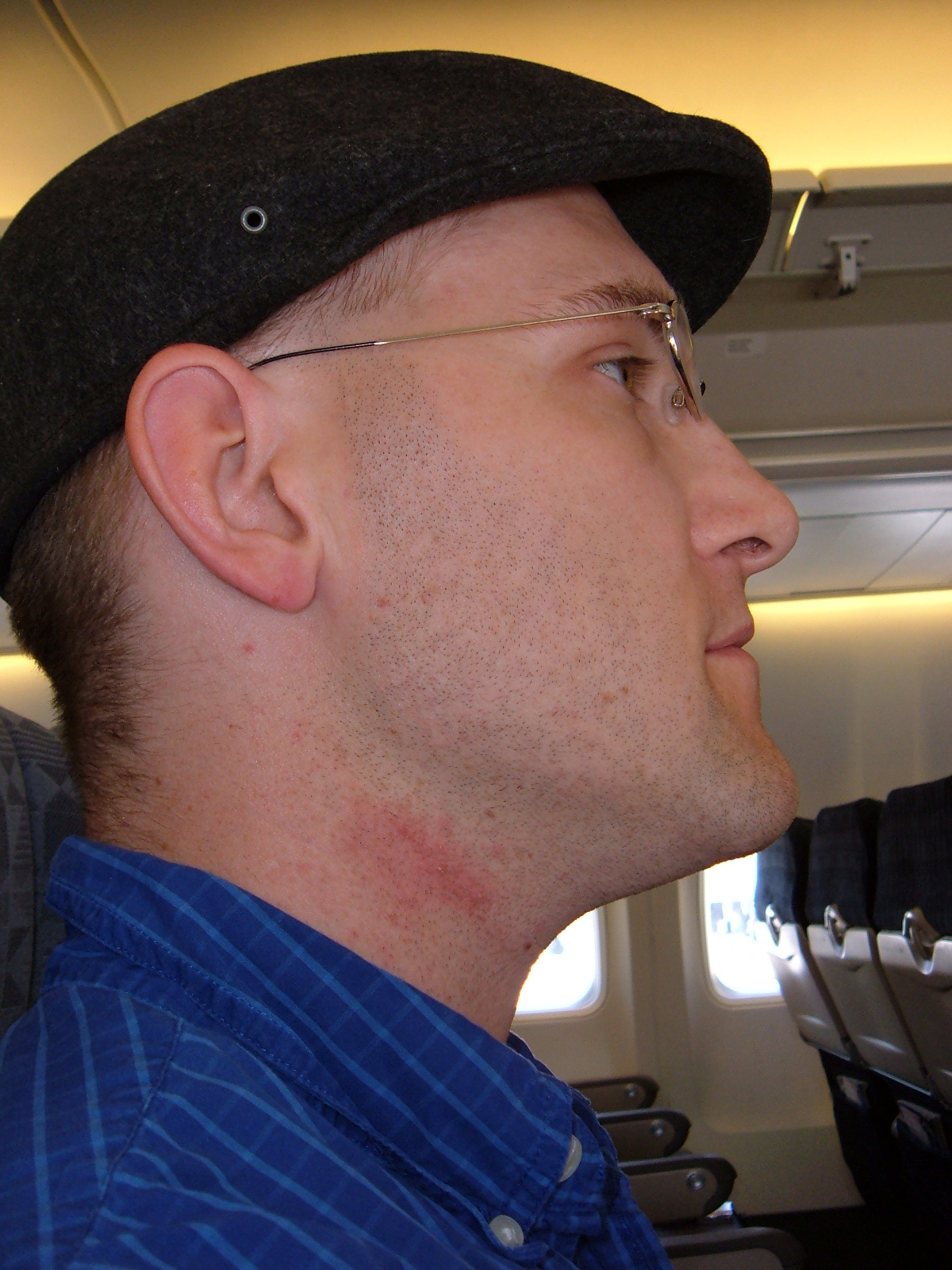What are the symptoms of razor burn?
Razor burn typically presents with several symptoms that appear shortly after shaving. These symptoms can vary in intensity depending on factors like skin sensitivity and the shaving technique used. Common symptoms of razor burn include:
- Redness: The skin may become red and irritated in the shaved area.
- Itching: A persistent itching sensation is often associated with razor burn.
- Rash: Small red bumps or a mild rash may develop in the affected area.
- Tenderness: The skin might feel sore or tender to the touch.
- Burning Sensation: A stinging or burning feeling is common, especially if the skin is dry or sensitive.
- Dryness: The affected area may become dry and flaky.
- Swelling: In some cases, mild swelling can occur in the irritated area.
These symptoms typically resolve on their own within a few days, but they can be uncomfortable and unsightly in the meantime.
What are the causes of razor burn?
Razor burn is caused by various factors related to the shaving process. The primary causes include:
- Improper Shaving Technique: Shaving too quickly, applying too much pressure, or shaving against the grain of hair growth can irritate the skin and cause razor burn.
- Dull Razor Blades: Using a dull or old razor blade can result in more friction and uneven shaving, leading to skin irritation.
- Shaving Without Proper Lubrication: Shaving dry skin or without enough shaving cream, gel, or soap can cause the razor to drag on the skin, leading to razor burn.
- Sensitive Skin: People with sensitive skin are more prone to developing razor burn, as their skin is more easily irritated.
- Shaving Too Frequently: Shaving the same area too often can irritate the skin, especially if it hasn’t had time to recover between shaves.
- Using the Wrong Razor: Using a razor that isn’t suited to your skin type or hair texture, such as a multi-blade razor for sensitive skin, can cause irritation.
- Inadequate Skin Preparation: Failing to properly prepare the skin before shaving, such as not softening the hair with warm water, can increase the likelihood of razor burn.
- Harsh or Irritating Shaving Products: Some shaving creams, gels, or aftershaves contain ingredients that can irritate the skin, contributing to razor burn.
- Tight or Restrictive Clothing: Wearing tight clothing immediately after shaving can rub against the skin, exacerbating irritation and contributing to razor burn.
These factors can lead to inflammation and irritation of the skin, resulting in the characteristic symptoms of razor burn.
What is the treatment for razor burn?
Treating razor burn involves soothing the irritated skin, reducing inflammation, and preventing further irritation. Here are some effective treatments:
Immediate Relief:
- Cold Compress: Applying a cold, damp washcloth to the affected area can help reduce redness and soothe the burning sensation.
- Aloe Vera: Aloe vera gel is known for its soothing and anti-inflammatory properties. Applying it to the affected area can provide relief and promote healing.
- Moisturizers: Use a gentle, fragrance-free moisturizer to hydrate the skin and reduce dryness. Products containing natural ingredients like chamomile or calendula can be particularly soothing.
- Over-the-Counter Hydrocortisone Cream: A mild hydrocortisone cream can reduce inflammation and itching. However, it should be used sparingly and only for a short period.
- Witch Hazel: Witch hazel has natural astringent and anti-inflammatory properties that can help soothe razor burn. Apply it gently with a cotton ball to the irritated area.
Preventing Further Irritation:
- Avoid Shaving the Affected Area: Give your skin time to heal before shaving again to avoid worsening the irritation.
- Wear Loose Clothing: Opt for loose, breathable clothing to avoid friction against the irritated skin.
Home Remedies:
- Oatmeal Bath: An oatmeal bath can soothe irritated skin. You can also apply a paste made from finely ground oatmeal and water directly to the affected area.
- Tea Tree Oil: Diluted tea tree oil has antimicrobial and anti-inflammatory properties. It can be applied to the skin to help reduce redness and irritation.
- Coconut Oil: Coconut oil can moisturize the skin and has anti-inflammatory and antibacterial properties, which may help soothe razor burn.
Prevention for Future Shaves:
- Use a Sharp Razor: Always use a clean, sharp razor to minimize friction and reduce the risk of razor burn.
- Shave with the Grain: Shave in the direction of hair growth to reduce irritation.
- Use Proper Shaving Products: Choose a shaving cream or gel that’s suitable for your skin type, and always ensure your skin is well-lubricated before shaving.
- Moisturize After Shaving: Applying a gentle moisturizer after shaving can help keep the skin hydrated and reduce irritation.
In most cases, razor burn will heal on its own within a few days. However, if the irritation persists or worsens, or if you notice signs of infection such as increased redness, warmth, or pus, it’s advisable to consult a healthcare professional.

Leave a Reply
You must be logged in to post a comment.